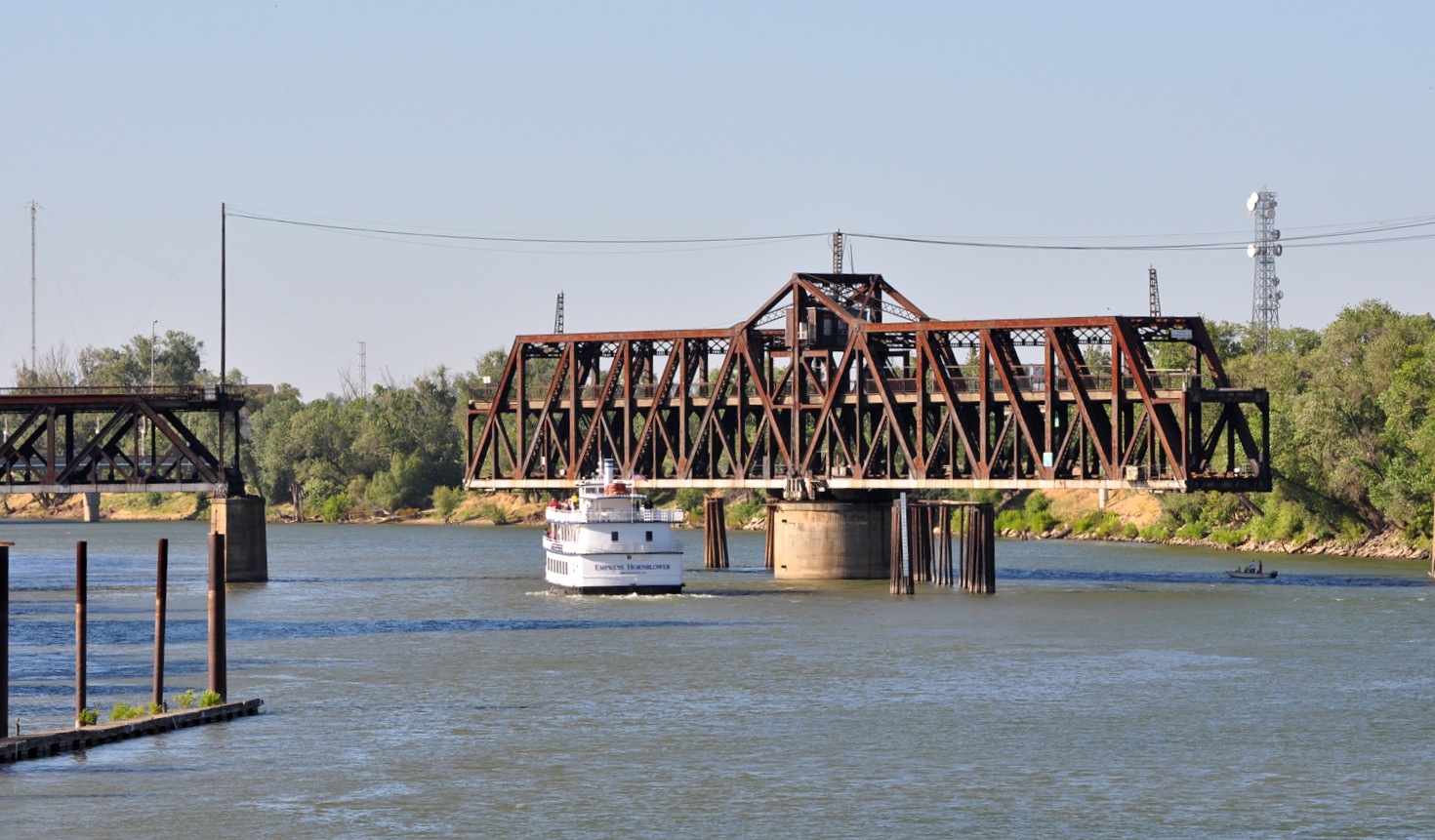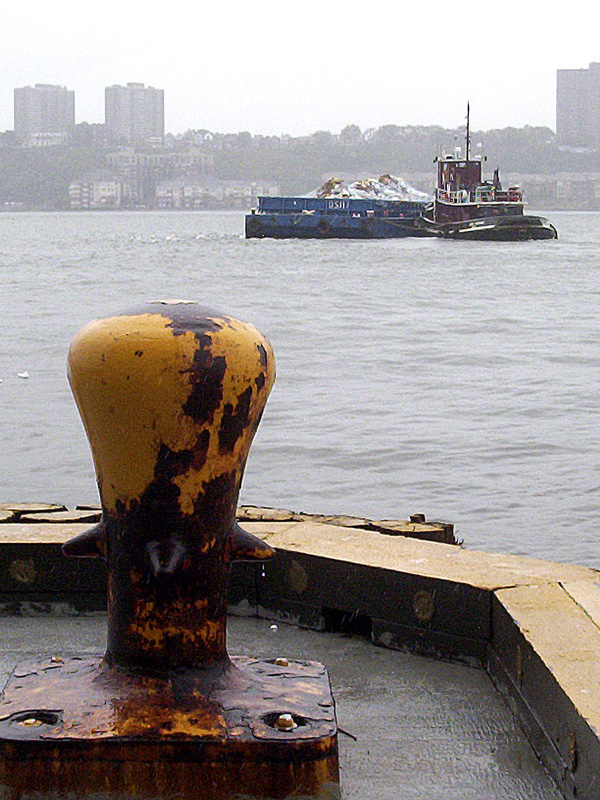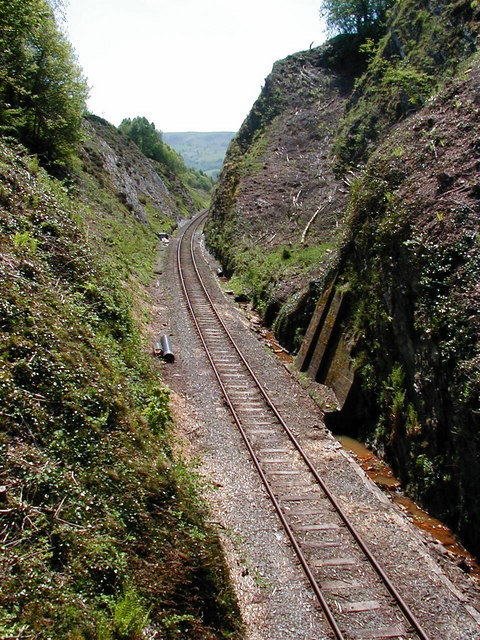|
Ufton Lock
Ufton Lock is a degated lock on the Kennet and Avon Canal, between Padworth and Sulhamstead, Berkshire, England. History Ufton Lock was built in , making it the last lock on the waterway to be built.Many locks were rebuilt during the canal's restoration (some of which, such as Towney and Burghfield, were restored directly up- or downstream of their original chamber). County Lock was moved to the opposite riverbank in the 1880s. It was engineered by John Blackwell, who had dug a new cut to avoid the meandering River Kennet between Padworth and Sulhamstead. The lock's depth was just , which was to improve the head of water at Towney Lock, upstream. When the waterway was restored in the 1960s, restoring the shallow lock was deemed unpractical and instead the rebuilt Towney Lock was deepened to cater for the difference in level. The lock gates were removed, although the chamber masonry and bollards have been retained as a landing stage for the adjacent swing bridge. The cana ... [...More Info...] [...Related Items...] OR: [Wikipedia] [Google] [Baidu] |
Kennet And Avon Canal
The Kennet and Avon Canal is a waterway in southern England with an overall length of , made up of two lengths of navigable river linked by a canal. The name is used to refer to the entire length of the navigation rather than solely to the central canal section. From Bristol to Bath the waterway follows the natural course of the River Avon before the canal links it to the River Kennet at Newbury, and from there to Reading on the River Thames. In all, the waterway incorporates 105 locks. The two river stretches were made navigable in the early 18th century, and the canal section was constructed between 1794 and 1810. In the late 19th and early 20th centuries, the canal gradually fell into disuse after the opening of the Great Western Railway. In the latter half of the 20th century the canal was restored in stages, largely by volunteers. After decades of dereliction and much restoration work, it was fully reopened in 1990. The Kennet and Avon Canal has been developed as a pop ... [...More Info...] [...Related Items...] OR: [Wikipedia] [Google] [Baidu] |
John Blackwell (engineer)
John Blackwell (c. 1775 – 1840) was an English civil engineer, known for his work as superintending engineer of the Kennet and Avon Canal under John Rennie and later as the canal company's resident engineer. Career Blackwell was employed as an engineer on the Kennet and Avon Canal in 1806, working primarily as site agent on the Caen Hill Flight in Devizes, Wiltshire. While John Rennie designed the flight, it was likely that construction was undertaken by the Kennet and Avon Canal Company and its engineers. In 1808, shortly before the completion of the flight, Blackwell moved to work with Rennie on Crofton Pumping Station. The following year, the pair built the remaining locks on the canal—two pound locks Oakhill Down near Froxfield, which replaced an earlier single deeper lock. Original plans would have seen the lock be the canal's only staircase, although this proposal was never seen through. Blackwell was appointed the company's resident engineer on 19 July 181 ... [...More Info...] [...Related Items...] OR: [Wikipedia] [Google] [Baidu] |
Tyle Mill Lock
Tyle Mill Lock () is a lock situated near Tyle Mill and the village of Sulhamstead on the Kennet and Avon Canal, England. Tyle Mill Lock was built between 1718 and 1723 under the supervision of the engineer John Hore of Newbury, and this stretch of the river is now administered by the Canal & River Trust and known as the Kennet Navigation. It has a rise/fall of 6 ft 4 in (1.93 m). The lock became derelict in the 1950s and then formed the head of the navigation from the River Thames. As a result, British Waterways created a winding hole and installed a sanitary station in the old pillbox below the lock. It was restored in 1973 but remained out of commission until 1976 when work on locks further west had been completed. Close to the lock are a wharf and swing bridge. Swing bridge gallery Image:Sulhamstead Tyle Mill swing bridge.JPG, Sulhamstead Tyle Mill swing bridge road traffic Image:Sulhamstead Tyle Mill swing bridge 2.JPG, Sulhamstead Tyle Mill swing bridge opening Ima ... [...More Info...] [...Related Items...] OR: [Wikipedia] [Google] [Baidu] |
Locks On The Kennet And Avon Canal
The Kennet and Avon Canal is a canal in southern England. The name may refer to either the route of the original Kennet and Avon Canal Company, which linked the River Kennet at Newbury to the River Avon at Bath, or to the entire navigation between the River Thames at Reading and the Floating Harbour at Bristol, including the earlier improved river navigations of the River Kennet between Reading and Newbury and the River Avon between Bath and Bristol. The River Kennet was made navigable to Newbury in 1723, and the River Avon to Bath in 1727. The Kennet and Avon Canal between Newbury and Bath was built between 1794 and 1810 by John Rennie, to convey commercial barges carrying a variety of cargoes, and is 57 miles (92 km) long. The two river navigations and the canal total 87 miles (140 km) in length. The section from Bristol to Bath is the course of the River Avon, which flows through a wide valley and has been made navigable by a series of locks and weirs. I ... [...More Info...] [...Related Items...] OR: [Wikipedia] [Google] [Baidu] |
Swing Bridge
A swing bridge (or swing span bridge) is a movable bridge that has as its primary structural support a vertical locating pin and support ring, usually at or near to its center of gravity, about which the swing span (turning span) can then pivot horizontally as shown in the animated illustration to the right. Small swing bridges as found over canals may be pivoted only at one end, opening as would a gate, but require substantial underground structure to support the pivot. In its closed position, a swing bridge carrying a road or railway over a river or canal, for example, allows traffic to cross. When a water vessel needs to pass the bridge, road traffic is stopped (usually by traffic signals and barriers), and then motors rotate the bridge horizontally about its pivot point. The typical swing bridge will rotate approximately 90 degrees, or one-quarter turn; however, a bridge which intersects the navigation channel at an oblique angle may be built to rotate only 45 degrees, or ... [...More Info...] [...Related Items...] OR: [Wikipedia] [Google] [Baidu] |
Landing Stage
Seaside pleasure pier in Brighton, England. The first seaside piers were built in England in the early 19th century.">England.html" ;"title="Brighton, England">Brighton, England. The first seaside piers were built in England in the early 19th century. A pier is a raised structure that rises above a body of water and usually juts out from its shore, typically supported by piling, piles or column, pillars, and provides above-water access to offshore areas. Frequent pier uses include fishing, [oat docking and access for both passengers and cargo, and oceanside recreation. Bridges, buildings, and walkways may all be supported by architectural piers. Their open structure allows tides and currents to flow relatively unhindered, whereas the more solid foundations of a quay or the closely spaced piles of a wharf can act as a breakwater, and are consequently more liable to silting. Piers can range in size and complexity from a simple lightweight wooden structure to major structures ... [...More Info...] [...Related Items...] OR: [Wikipedia] [Google] [Baidu] |
Bollard
A bollard is a sturdy, short, vertical post. The term originally referred to a post on a ship or quay used principally for mooring boats. It now also refers to posts installed to control road traffic and posts designed to prevent automotive vehicles from colliding or crashing into pedestrians and structures, whether intentional from ram-raids and vehicle-ramming attacks, or unintentional losses of control. Etymology The term is probably related to bole, meaning a tree trunk. The earliest citation given by the ''Oxford English Dictionary'' (referring to a maritime bollard) dates from 1844, although a reference in the ''Caledonian Mercury'' in 1817 describes bollards as huge posts. History Wooden posts were used for basic traffic management from at least the beginning of the 18th century. An early well-documented case is that of the "two oak-posts" set up next to the medieval Eleanor cross at Waltham Cross, Hertfordshire, in 1721, at the expense of the Society of Antiqua ... [...More Info...] [...Related Items...] OR: [Wikipedia] [Google] [Baidu] |
Lock Gates
A lock is a device used for raising and lowering boats, ships and other watercraft between stretches of water of different levels on river and canal waterways. The distinguishing feature of a lock is a fixed chamber in which the water level can be varied; whereas in a caisson lock, a boat lift, or on a canal inclined plane, it is the chamber itself (usually then called a caisson) that rises and falls. Locks are used to make a river more easily navigable, or to allow a canal to cross land that is not level. Later canals used more and larger locks to allow a more direct route to be taken. Pound lock A ''pound lock'' is most commonly used on canals and rivers today. A pound lock has a chamber with gates at both ends that control the level of water in the pound. In contrast, an earlier design with a single gate was known as a flash lock. Pound locks were first used in China during the Song Dynasty (960–1279 AD), having been pioneered by the Song politician and naval eng ... [...More Info...] [...Related Items...] OR: [Wikipedia] [Google] [Baidu] |
River Kennet
The Kennet is a tributary of the River Thames in Southern England. Most of the river is straddled by the North Wessex Downs AONB (Area of Outstanding Natural Beauty). The lower reaches have been made navigable as the Kennet Navigation, which – together with the Avon Navigation, the Kennet and Avon Canal and the Thames – links the cities of Bristol and London. The length from near its sources west of Marlborough, Wiltshire, Marlborough, Wiltshire down to Woolhampton, Berkshire is a biological Site of Special Scientific Interest (SSSI). This is primarily from an array of rare plants and animals completely endemism, endemic to chalky watercourses. When Wiltshire had second-tier local authorities, one, Kennet District, took the name of the river. Etymology The pronunciation (and spelling) was as the Kunnit (or Cunnit). This is likely derived from the Roman settlement in the upper valley floor, Cunetio (in the later large village of Mildenhall, Wiltshire, Mildenhall). Lati ... [...More Info...] [...Related Items...] OR: [Wikipedia] [Google] [Baidu] |
Cut (earthmoving)
In civil engineering, a cut or cutting is where soil or rock from a relative rise along a route is removed. The term is also used in river management to speed a waterway's flow by short-cutting a meander. Cuts are typically used in road, rail, and canal construction to reduce the length and grade of a route. Cut and fill construction uses the spoils from cuts to fill in defiles to cost-effectively create relatively straight routes at steady grades. Cuts are used as alternatives to indirect routes, embankments, or viaducts. They also have the advantage of comparatively lower noise pollution than elevated or at-grade solutions. History The term ''cutting'' appears in the 19th century literature to designate rock cuts developed to moderate grades of railway lines. ''Railway Age's Comprehensive Railroad Dictionary'' defines a cut as "a passage cut for the roadway through an obstacle of rock or dirt." Creation Cuts can be created by multiple passes of a shovel, grader, scrap ... [...More Info...] [...Related Items...] OR: [Wikipedia] [Google] [Baidu] |
County Lock
County Lock is a lock on the River Kennet in Reading Reading is the process of taking in the sense or meaning of letters, symbols, etc., especially by sight or touch. For educators and researchers, reading is a multifaceted process involving such areas as word recognition, orthography (spelling ... town centre in the England, English county of Berkshire. It is now administered by the Canal & River Trust as part of the Kennet and Avon Canal. Downstream from the lock is Brewery Gut, a particularly fast flowing, narrow and dangerous stretch of the river. County Lock has the lowest rise of the locks on the Kennet, as boats only rise or fall about 30 cm (1 foot) in the lock. The main stream of the Kennet flows down the weir on the far side of the lock, while another arm of the Kennet disappears under the Bridge Street Roundabout. The first County Lock was built between 1718 and 1723, during the navigation works undertaken under the supervision of the engineer John ... [...More Info...] [...Related Items...] OR: [Wikipedia] [Google] [Baidu] |
England
England is a country that is part of the United Kingdom. It shares land borders with Wales to its west and Scotland to its north. The Irish Sea lies northwest and the Celtic Sea to the southwest. It is separated from continental Europe by the North Sea to the east and the English Channel to the south. The country covers five-eighths of the island of Great Britain, which lies in the North Atlantic, and includes over 100 smaller islands, such as the Isles of Scilly and the Isle of Wight. The area now called England was first inhabited by modern humans during the Upper Paleolithic period, but takes its name from the Angles, a Germanic tribe deriving its name from the Anglia peninsula, who settled during the 5th and 6th centuries. England became a unified state in the 10th century and has had a significant cultural and legal impact on the wider world since the Age of Discovery, which began during the 15th century. The English language, the Anglican Church, and Engli ... [...More Info...] [...Related Items...] OR: [Wikipedia] [Google] [Baidu] |
.jpg)








